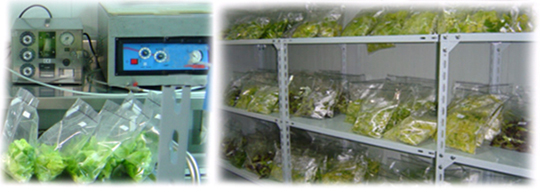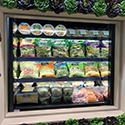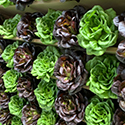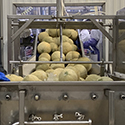Group on Microbiology and Quality of Fruit and Vegetables
Lines of research

• Microbiological and chemical risk identification during production, processing, and storage of fruits and vegetables. This research line aims to identify possible factors causing microbial contamination and chemical residues throughout the entire chain. This research line is carried out in collaboration with growers and processors since their priority is to produce safe and healthy food. The data obtained experimentally on the levels of contamination in the different stages are used in the quantitative risk analysis as an essential part of the food safety management systems.
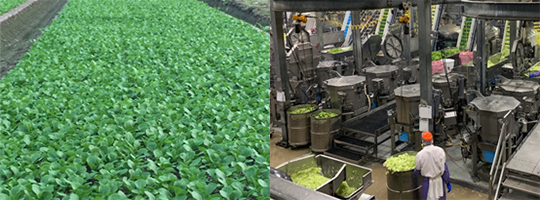
• Detection and quantification of human pathogenic microorganisms and their relationship with risk factors in primary production and processing. This research line uses methods for detecting and quantifying pathogenic microorganisms based on traditional and molecular techniques of high specificity and easy to perform. One of the advances in this field has been the optimization of the combination of dyes to determine the viability of pathogenic bacteria transmitted by food using the polymerase chain reaction (v-qPCR) to detect and quantify the presence of viable non-culturable bacteria (VBNC) in food and water samples.
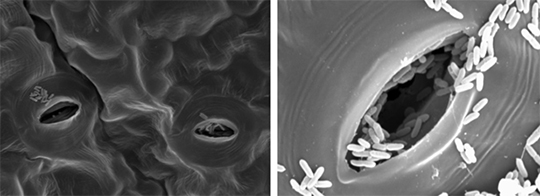
• Impact of disinfection practices to minimize viral and bacterial cross-contamination and prevent chemical risks generated by disinfection by-products. The objective of this research line is to prevent microbial contamination and disinfection by-products (DBP) such as trihalomethanes (THM), haloacetic acids (HAA) and chlorates (ClO3). The operational limits habe been optimized for different products, disinfectants, and line design. The critical parameters related to disinfection that should be controlled have been identified. The selection of suitable sensors and monitoring systems capable of adjusting the critical parameters is essential to manage the process.
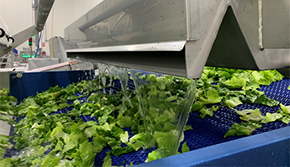
• Identification of factors related to temporary and persistent contamination of L. monocytogenes in fruit and vegetable processing lines. The purpose of this research line is to reduce contamination by L. monocytogenes in processing facilities, as well as to identify common patterns of contamination within plants and between different industrial practices. This applied research will help acquire the necessary knowledge to inspect environmental monitoring, including equipment surfaces. Besides, the application of more efficient disinfection treatments and their rotations are also studied. The optimization, validation and verification of the efficacy of different “post-process” treatments based on bacteriophages and bacterial cultures that produce selected bacteriocins to control the growth of Listeria monocytogenes in fresh cut fruit and vegetables without affecting the quality and shelf life.
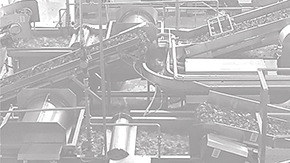
• Implementation of postharvest technologies and process operations capable of preserving the quality of fruit and vegetables. This research line encompasses a large part of the technology transfer that has been applied to companies. Many of these results have given rise to the development of new products and recommended storage conditions for quality maintenance and control of spoilage microorganisms. Likewise, projects have been developed on packaging design, including selecting the appropriate film permeability to optimize modified atmosphere conditions for quality maintenance and shelf life extension of fresh and fresh-cut products.
